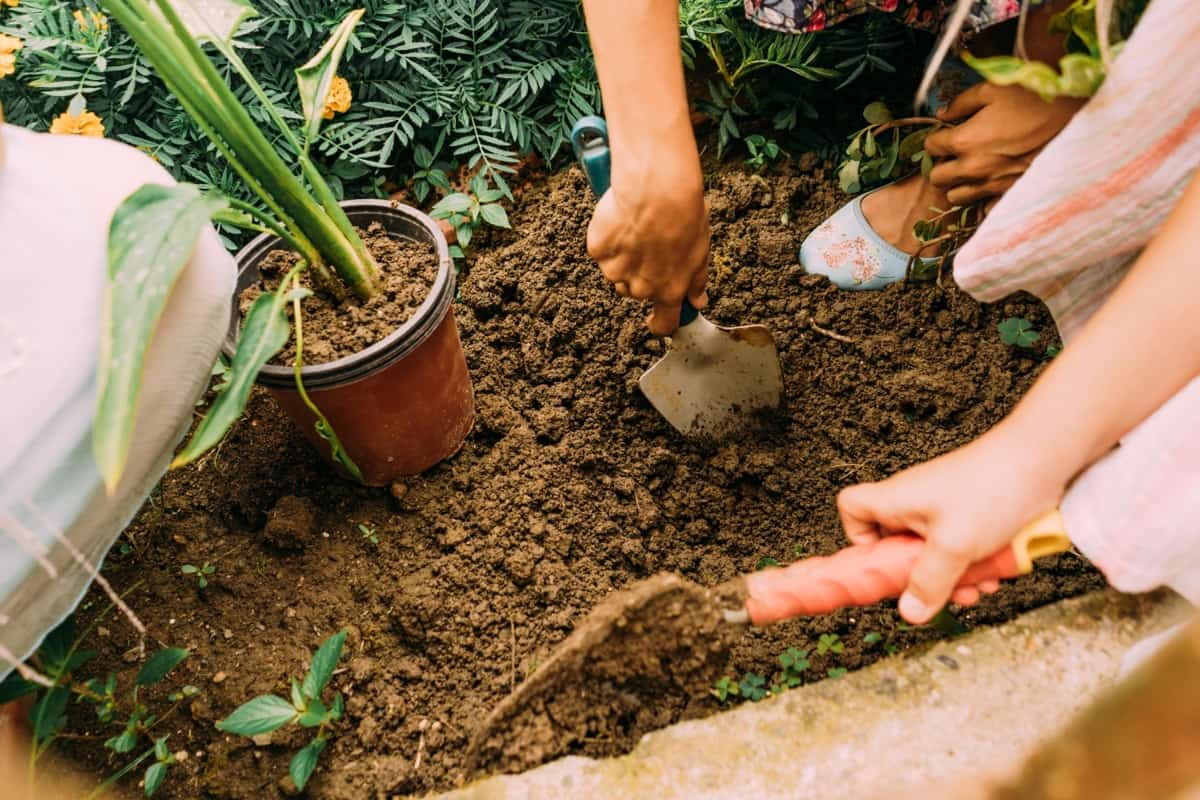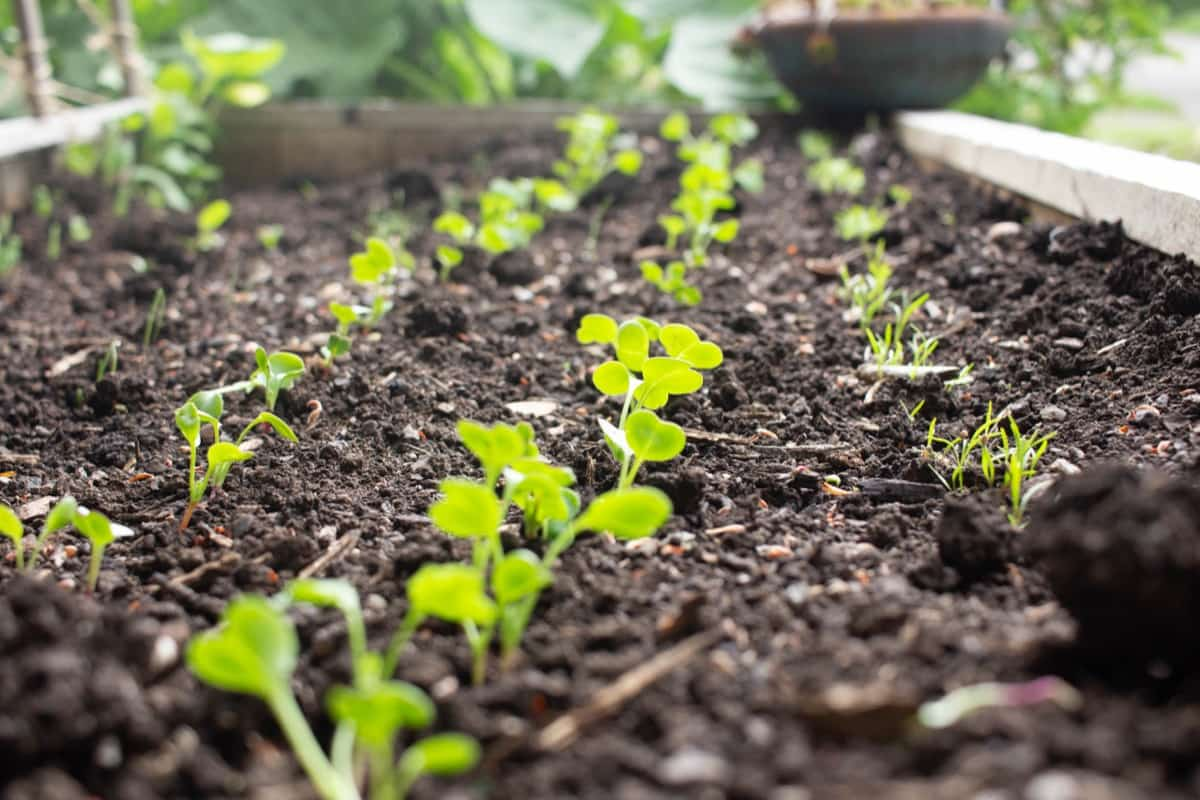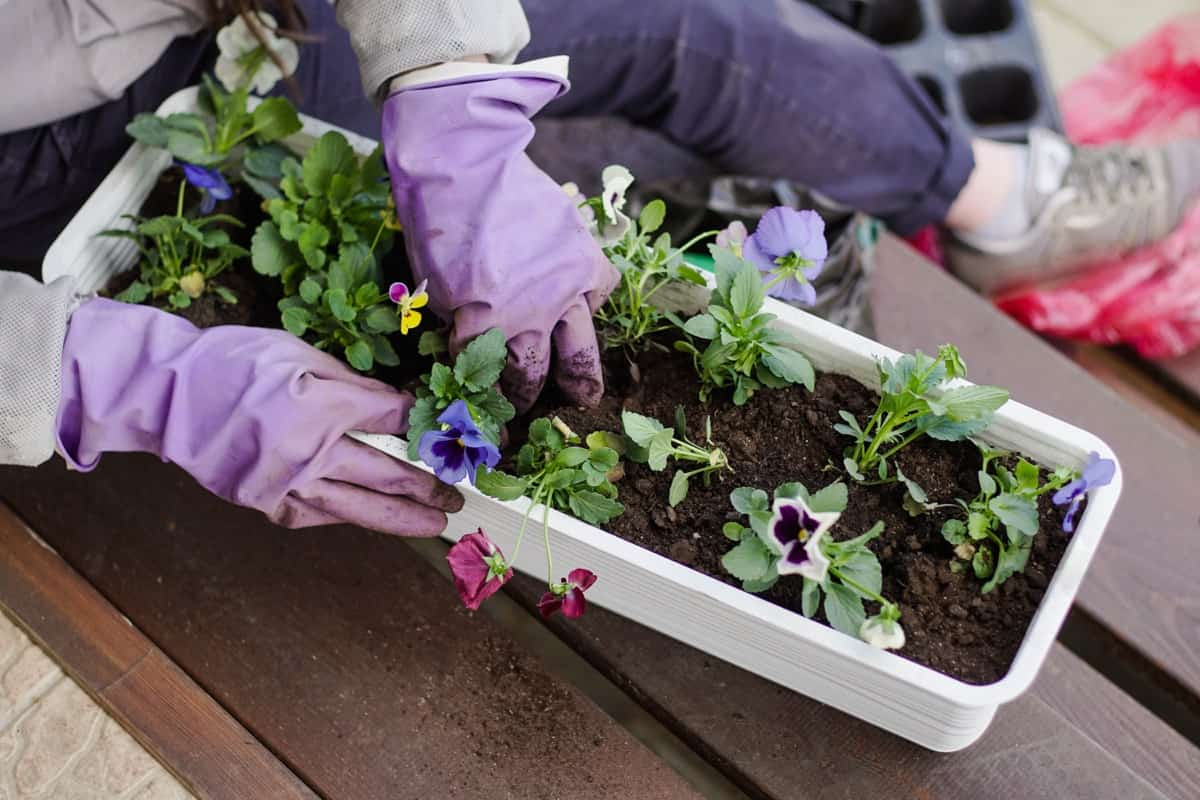Terraced garden beds present a vibrant aesthetic that can transform the most commonplace garden into a showcase. Learning how to build a tiered garden on a slope is an ingenious solution to optimize space, combat erosion, and foster varying plant microclimates. Here we learn how to build a terrace garden on a slope, focusing on creating raised garden beds to maximize your gardening potential.

This step-by-step guide to building terraced garden beds will elucidate the construction process, help you select suitable materials, share best practices in design, and offer ideas for maintaining your garden.
How to Build Terraced Garden Beds
Terraced Garden Bed Construction Tips for Beginners
Building terraced garden beds may feel overwhelming for beginner gardeners, but by breaking it down into smaller steps, you’ll discover a manageable project well suited to your abilities. Begin by assessing the slope you want to terrace. Understanding the lay of your land will aid in determining the amount of grading needed and the number and height of the terraces to build. Always measure twice to ensure accuracy.
Outline the terraces using stakes and strings, marking the edges of each level. A crucial tip is to start from the bottom of the slope and work your way up, allowing gravity to assist. A steady, patient approach to an excavation will yield the best results, preserving the slope’s integrity and ensuring your terraces’ stability.
Materials Needed for Building Terraced Garden Beds
Quality materials form the foundation of any terraced garden bed. Pressure-treated wood, stone, or bricks are commonly used to construct the terrace walls. For an eco-friendlier option, consider using composite decking made from recycled materials. You’ll also need landscaping fabric to prevent weed growth, topsoil, and compost to nourish your plants, and tools including a shovel, garden rake, wheelbarrow, and spirit level. Remember, while cheaper materials might seem appealing, durability should be your primary concern.
Best Practices for Designing Terraced Garden Beds
Designing terraced garden beds is both an art and a science. The aim is to blend functionality with aesthetics. Terraces should be designed to allow comfortable planting, weeding, and harvesting access. Aim to maintain a width of around 4 feet for each bed to reach the center from either side easily. Terraces should not be too steep; a rise of 1 foot for every 2 feet of run is generally safe and comfortable.
Ensure the terraces follow the contour lines of the slope to minimize erosion. Retaining walls should be slightly tilted into the hill to withstand the soil pressure. These are the fundamentals, but creativity should not be overlooked. Consider varying the width and shape of the terraces for visual interest.
Terraced Garden Bed Ideas and Inspiration
The sky’s the limit when it comes to inspiration for your terraced garden beds. You could create a romantic retreat using roses and lavender, a practical herb garden near the kitchen, or a wildlife-friendly area with native plants and a small pond. Consider alternating terraces of blooms and greenery for a pleasing aesthetic. Adding a couple of garden benches can create a peaceful space for relaxation and bird-watching. The beauty of terraced gardens is that they can be as simple or complex as you wish, suiting novice and experienced gardeners alike.
In case you missed it: 9 Causes of Dying Plants on Terrace and How to Fix Them?

Choosing the Right Plants for Terraced Garden Beds
Selecting the right plants for terraced garden beds combines personal preference and practicality. Vegetables, herbs, and flowering plants all thrive in terraced gardens. Choose a mix of plants to provide year-round color and interest. Consider sun exposure and choose plants accordingly.
Terraces at the top, receiving the most sun, can be used for sun-loving plants, while those lower down, likely to be in the shade for part of the day, can host shade-tolerant species. Also, factor in the mature size of plants to avoid overcrowding and competition for resources. Terraced gardens offer the unique advantage of different microclimates on each level, providing a range of habitats for diverse plant life.
How to Prevent Erosion in Terraced Garden Beds
Preventing erosion is essential to maintaining the structural integrity of your terraced garden beds. A proper retaining wall will prevent the soil from sliding downwards. Additionally, ensure that your terraces are level to distribute rainfall and avoid water runoff evenly. Cover crops and mulch help prevent erosion by anchoring the soil and decreasing water evaporation. Moreover, proper irrigation systems designed for sloped terrain will prevent water from collecting at the base of the slope, a phenomenon that can destabilize the entire structure.
Maintaining and Caring for Terraced Garden Beds
Proper care and maintenance are paramount to the longevity of your terraced garden beds. Regularly check the stability of the terraced walls, and keep an eye out for any signs of bulging or instability. Ensure plants are properly watered and pruned, and the soil regularly fertilizes to replenish lost nutrients. Control weeds early and regularly to prevent them from overwhelming your plants. With attention and care, your terraced garden beds will continue to produce abundant blooms and crops while enhancing the visual appeal of your landscape.
Terraced Garden Bed Drainage Solutions
Effective drainage is vital for any garden, but it becomes even more crucial for terraced garden beds built on a slope. Improper drainage can lead to waterlogged soil and plant roots, which is detrimental to plant health. When building the terraces, construct them so that water drains slowly and evenly across the slope instead of collecting at one spot. Install perforated drain pipes at the back of the terraces to redirect excess water. You can also fill the bottom of the garden beds with gravel to aid drainage.
In case you missed it: Ultimate Guide to Start an Organic Vegetable Terrace Garden: Creating from Scratch for Planting to Harvest

DIY Terraced Garden Bed Plans and Blueprints
You can transform your sloped garden into a beautiful terraced garden with the right plans and blueprints. Start with a simple sketch of your slope, noting any existing trees or structures. Decide how many levels you want to create and mark them on your plan. Also, note where you want to place your stairs or paths for easy access.
Remember, the purpose of a blueprint is not just to guide the construction process but also to help visualize the result. You can play around with different layouts until you find one you love. As you construct your terraced garden beds, refer to your plans to ensure you’re on track. Create a beautiful terraced garden that matches your style and fulfills your gardening needs by planning diligently and being patient.
- Ultimate Guide to Ossabaw Island Hog: Breeding, Raising, Diet, and Care
- Ultimate Guide to Juliana Pig: Raising Facts, Size, Diet, Care, and Lifespan
- Raising Lleyn Sheep: Disadvantages, Price, Uses, Characteristics, and Care
- Ultimate Guide to Meishan Pig: Breed Facts, Breeding, Raising, and Care
- Ultimate Guide to Teacup Pigs: Raising, Diet, Lifespan, Cost, and Care
- Guide to Raising Poll Dorset Sheep: Facts, Profile, Characteristics, Uses, and Care
- Ultimate Guide to Bighorn Sheep: Characteristics, Diet, Lifespan, Breeding, and Lifecycle
- Ultimate Guide to Raising Katahdin Sheep: Farming Facts, Breed Profile, Uses, and Care
- Ultimate Guide to Raising Oreo Cows: Belted Galloways Farming Facts, Profile, Uses, and Care